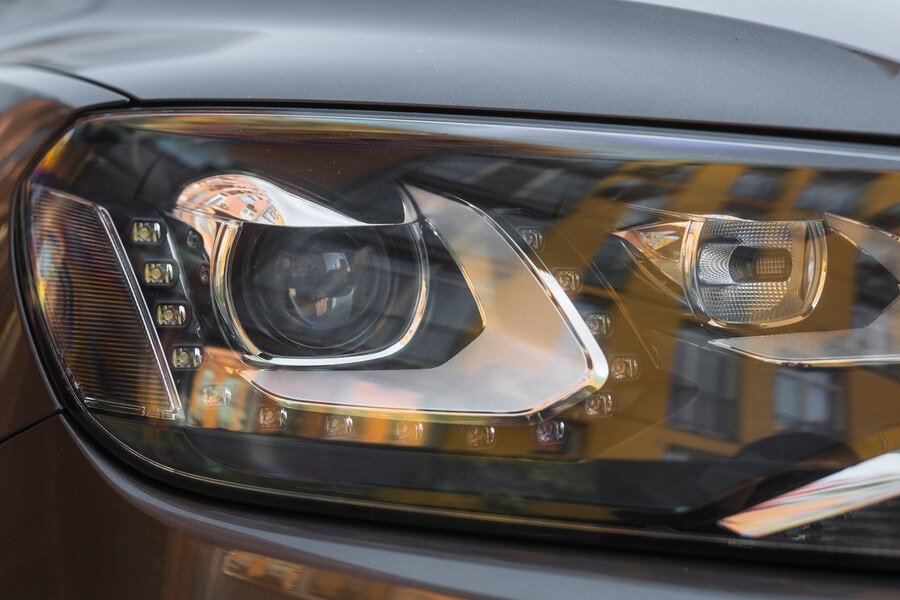One of the flag-ship pieces of material handling equipment, the electric stacker is one of the most efficient solutions in the process of lifting, stacking, and movement of loads in the confines of warehouses, manufacturing plants, and distribution centers, providing a flexible and cost-effective alternative to forklifts, often filling the gap between very heavy manual labor and large, fully automated systems, which would be impractical in very confined spaces. Electric stackers are rechargeable with batteries and are designed to improve productivity as well as limit worker fatigue. Moreover, they are supposed to provide a safe workplace.
Main function of electric stackers: Lift and take pallets or loads to any height within a place. It has different types: manual, semi-electric, and fully electric stackers. Fully electric stackers possess the most advance features in regard to their automation and user-friendly features. For example, usually, these machines have a lift capacity between 1,000 to 2,000 kg. In other models, this load can be elevated up to more than five meters. Electric stackers can literally be a treasure in multi-tiered storage systems that make workers easily lift heavy pallets up at great heights and stack them at ease.
One of the main advantages of electric stackers is compact design. Electric stackers, on the other hand, have been designed for narrow-aisle usage, which ensures making the most of any available space in a warehouse. The compact size is well-suited to small-to-medium enterprises with limited space. Moreover, electric stackers are not very complicated to operate. Most control devices are installed in an intuitive sense; they also feature handles for comfort and safety features that include an emergency stop button as well as speed controls to ensure that damage is not done.
Electric stackers also use less fuel than combustion forklifts and are, therefore, more environmentally friendly. They can be recharged, which will save on fossil fuels while reducing emissions. Some have used new technology where it utilizes batteries such as lithium-ion, giving a longer run time and fast charging, compared to the traditional lead-acid batteries. This makes electric stackers both efficient and more environmentally friendly.
Maintenance-wise, electric stackers tend to be pretty low-maintenance machines. Electric motors compared to internal combustion engines have fewer moving parts and thus tend to break down less often. This implies reduced downtime as well as maintenance costs.
In a nutshell, electric stackers are an essential tool in modern material handling, offering the right blend of efficiency, safety, and sustainability in warehouse operations.



